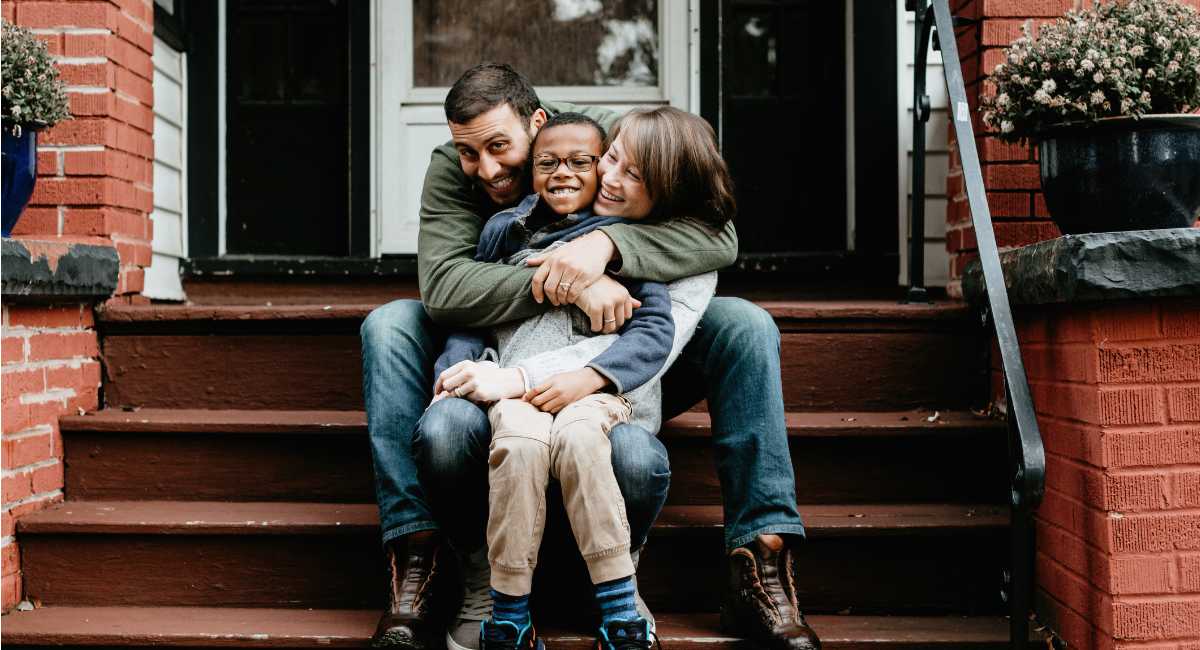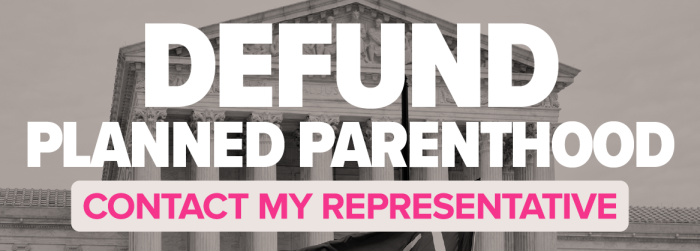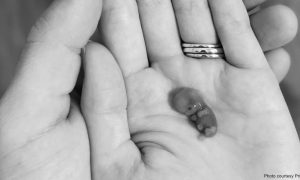Since assistive reproductive technologies have advanced and in vitro fertilization (IVF) has become more ‘successful,’ adoption rates have begun to drop.
In 2018, the BBC reported that adoptions had fallen by an astounding 62% in England and Wales since the first ‘test-tube baby’ was born nearly five decades ago. The National Council for Adoption revealed in 2022 that the overall adoption rate had declined, with private domestic adoptions dropping 24% between 2019 and 2020 before rebounding to an increase of three percent (3%) in 2022 over 2019 numbers. However, international adoptions (57% from 2019-2022) and adoptions through foster care (19% from 2019-2022) continued to drop.

via National Council for Adoption
There are couples who attempt IVF and are unable to have a successful pregnancy and birth. Helpusadopt.org founder Becky Fawcett said in a press release that her organization is dedicated to helping families to adopt children through grants of up to $30,000.
“As a failed IVF patient and mom by adoption, I have worried for years that there is just not enough conversation and education surrounding adoption as an option in the world of infertility,” said Fawcett. “With IVF success rates being what they are, I always think about how this community of millions will become parents because it is very clear that IVF doesn’t work for most. These families leave one road for a possible other and have no guidance, no education on options, no map, no bridge to adoption — until now.”
Fawcett has found that some infertility clinics won’t speak to her because they fear that offering adoption as a path to parenthood might hurt their businesses. As a result, potential adoptive parents are left uneducated about the adoption process.
Despite the multitude of paths to parenthood in this modern age, IVF has become the go-to for many couples even with all of its negative aspects. Rather than adopt, some couples are opting for sperm or egg donation, creating children with a stranger’s DNA — children who may grow up and experience negative emotions and reactions to learning about the circumstances of their conception. These children are intentionally created to be separated from at least one of their biological parents.
Along the way, the purpose of adoption appears to have been blurred by society. Adoption isn’t supposed to be about the desires of adults; it’s supposed to be about the needs of children.
Adoption should not be treated as a ‘last resort’
Adoption reflects the love and mercy of God as well as God’s desire to bring people into his family. The Bible highlights God’s love for orphans and adoption in Psalm 68:5-6, which states, “God is a father to the fatherless, a protector to the widow, a defender of the orphan.” Ephesians 1:5 says, “In love, He predestined us to be adopted as His sons through Jesus Christ, by his purpose and will.”
The desire to become a parent to biological children is a very natural and laudable desire, but the desire to adopt comes from a different desire — the desire to not just parent a child, but to care for the orphaned and abandoned.
While the use of sperm and egg donation intentionally creates children who will purposefully be separated from a biological parent, adoption exists to heal a wound caused by the separation from one’s biological parents — whether by death or the inability to care for the child.
It is not a ‘last resort’ when IVF fails; it is an opportunity to love some of the most vulnerable members of the human family.
Adoption is not exclusively for couples facing infertility
Many couples who have their own biological children (or have the capability to have biological children) choose to adopt. Adoption is not about infertility, but about love, mercy, and meeting the needs of children. It is also not an act merely reserved for couples facing infertility.
Those whom God has called to adoption or foster care should not feel that they are inadequate or assume that they would not be approved for adoption because they already have biological children or have no struggles with infertility.
While there is an average wait of one year to adopt a newborn, some children in the foster care system — though the goal of foster care is reunification — are unable to be reunited with their birth families and need loving adoptive families and safe homes.
IVF creates and destroys human beings
IVF creates children with the knowledge that many of them will ultimately die or remain frozen indefinitely.
IVF is regarded by many, including many politicians, as a pro-life treatment for infertility. However, IVF has low ‘success’ rates and destroys human lives at a high rate. It successfully creates human lives outside of the womb, but for women under age 35, the live birth rate sits at about 50-60% — a percentage that declines as the woman ages, down to as low as three percent (3%) for women over age 42, according to ARC Fertility. Yet, according to the Center for Human Reproduction, over 75% of its IVF patients are over the age of 40, with nearly 60% over the age of 42 and 50% over the age of 44.
IVF is carried out 2.5 million times annually around the world — but each year, only 500,000 babies are born as a result of the procedure, according to research published in Reproductive Biomedicine Online. That means if just one embryo is created during each IVF cycle (the average is seven), at least 80% (or at least two million) of the human beings created through IVF each year either die during the process, are frozen indefinitely, or are destroyed after failing to make the cut.
According to the World Health Organization, there are 73 million induced abortions each year around the world and 29% of all pregnancies end in induced abortion. Therefore, when comparing IVF and abortion, human beings are being destroyed by IVF at a higher rate than they are by abortion.
The fertility industry thrives on the mentality that “all families deserve to have children.” But children aren’t property or a prize to which a person is entitled; they are human beings. And they do not exist to meet the desires of adults.








